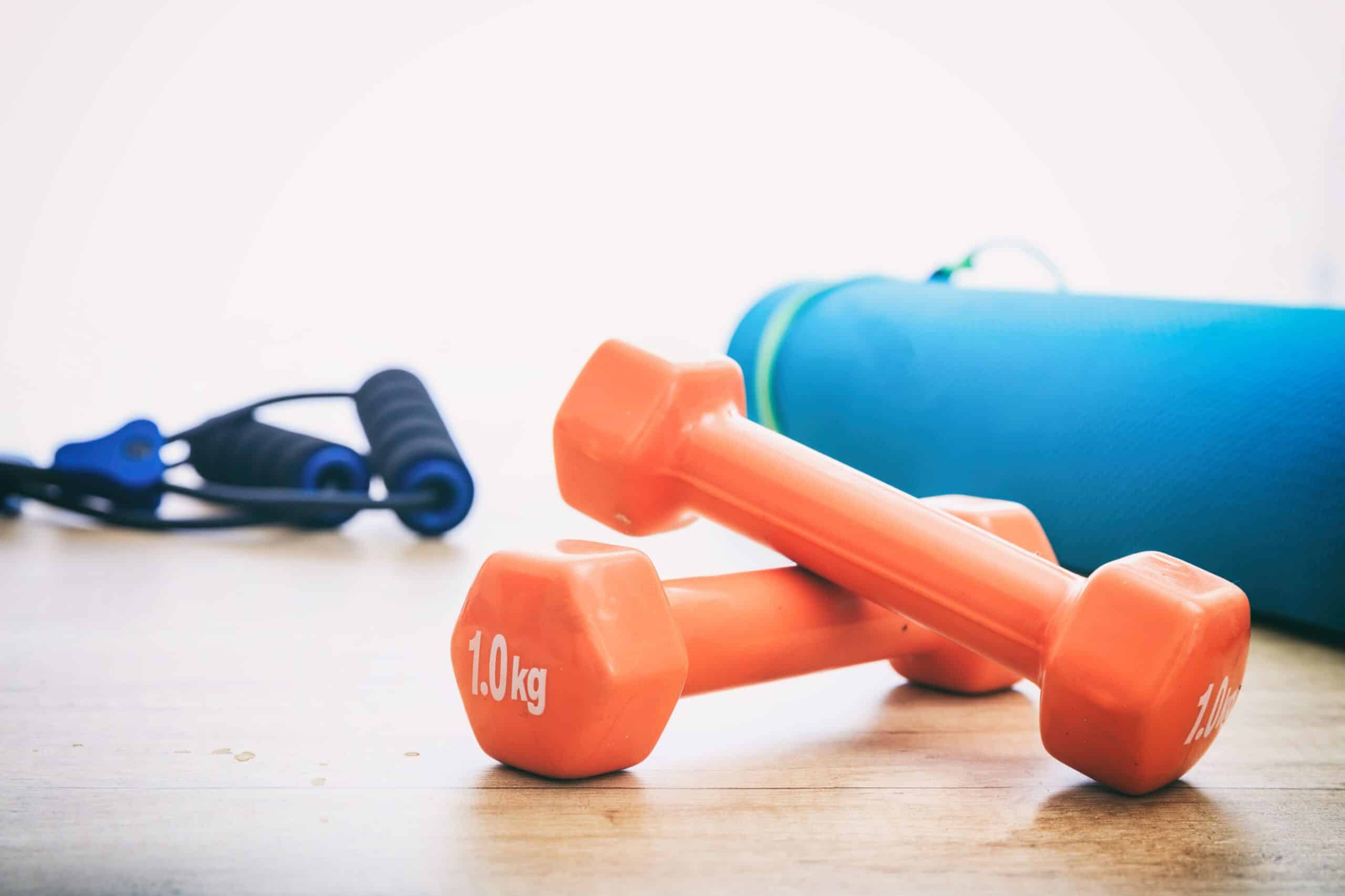Exercise related muscle shaking can happen to just about anyone regardless of gender or level of fitness. Exercise related muscle shaking can be caused by a variety of factors, watching for how the body responds to particular movements can help monitor your physical fitness to make adjustments as needed.
One of the main reasons of exercise related muscle shaking is fatigue; this shaking indicates that the muscles are either tired or too low on blood glucose according to Lauren Kanski, who is a personal trainer that has been certified by the National Academy of Sports Medicine.
“This is the same concept as the blood and muscle glucose availability,” said Kanski. “Working out fed versus fasted can make a huge difference in glycogen depletion. With regard to muscle fatigue, some muscle fibers fatigue faster than others, which cause irregular contractions, or shaking.”
When muscles begin to shake they are being challenged more, they being a process of contracting and releasing at a more intensified pace; this is a normal process and no cause for alarm as long as you are not pushing the body too far and practice moderation. Rule of thumb is to call it a day when you hit the shaking threshold before things get worse.
When muscles have not had enough time to recover from a previous workout they will be forced to work harder than normal, this is also where muscle endurance comes into play with the exercise induced shaking phenomenon. This shaking can also be a sign of dehydration as when the body is low on fluids connective tissues have trouble doing their job which can disrupt transmitting signals from the brain to the muscle fibers to cause rapid shaking.
Most times this shaking is not exactly a bad thing, as the idea behind any form of strength training is damaging your tissues so the body regenerates new, stronger, and more durable tissues, according to Kanski. However, once the shakes start it is a good idea to end the workout before any serious damage can occur.
Optimum muscular health isn’t just about exercise, nutrition plays a part as well. You may do well to add to your exercise routine via diet with some muscle building foods such as quinoa, fish, and chicken breasts. Quinoa is one of the healthiest sources of protein there is, and it contains all 9 essential amino acids as well as high fiber content. Fatty fish contains omega-3 fatty acids and protein while being low in fat to help muscles and aid in proper body functions. Chicken breasts are a good source of lean protein that can help with muscle maintenance, repair and bone health.




